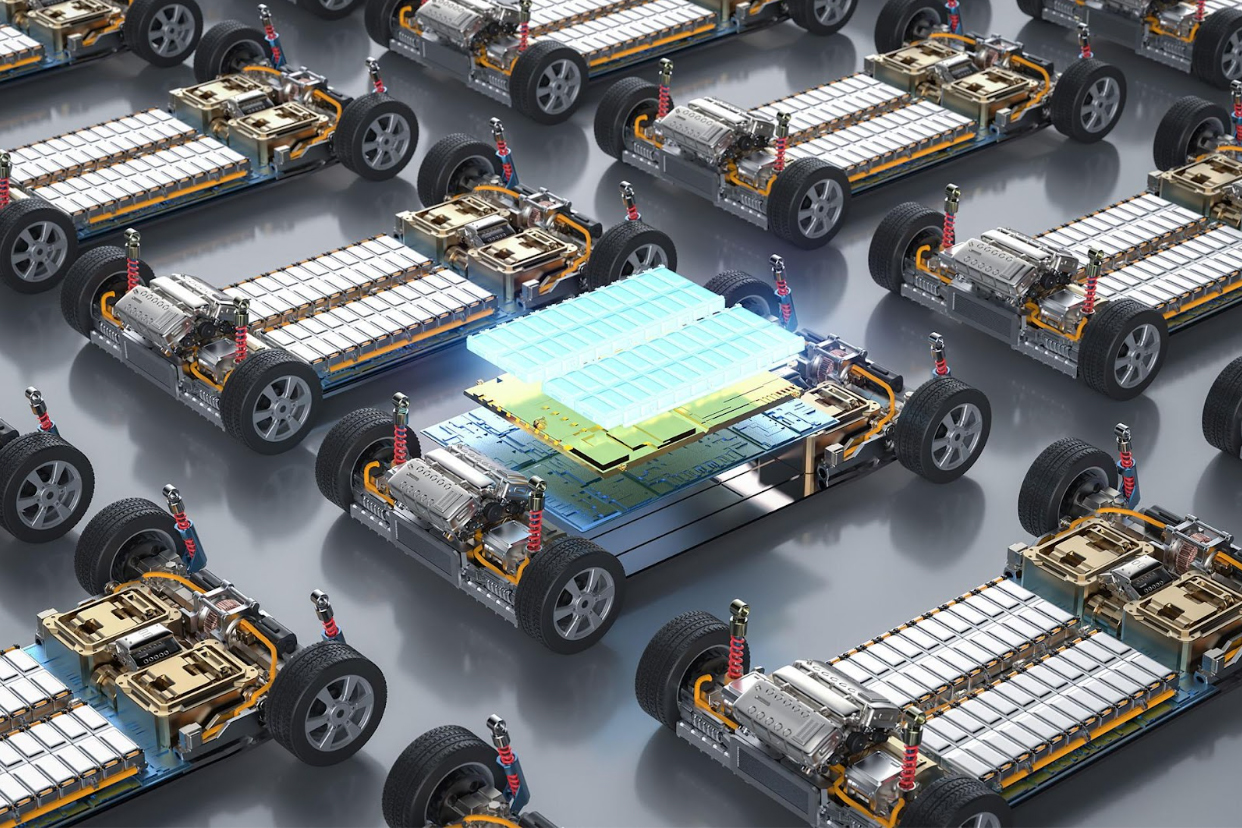
Overview
The article Quantifying the impact of V2X operation on electric vehicle battery degradation: An experimental evaluation in the journal eTransportation, addresses a key concern regarding the adoption of Vehicle-to-Everything (V2X) technologies: the potential acceleration of battery degradation due to bidirectional charging. Since electric vehicles (EVs) spend most of their time parked, V2X applications—such as Vehicle-to-Grid (V2G) and Vehicle-to-Home (V2H)—offer new opportunities to use EVs for grid services and energy management. However, many EV owners worry that increased cycling and energy throughput from these applications could negatively impact battery lifespan. The study aims to provide a systematic experimental evaluation of battery aging across different charging strategies, including both unidirectional (V1G) and bidirectional (V2G) charging schemes, to determine whether V2X usage significantly affects battery health.
Summary of Modeling and Analysis
The study employs a combination of simulation and experimental battery aging tests to quantify the impact of different charging strategies. The researchers designed six charging scenarios:
- Immediate Charging (charging begins as soon as plugged in)
- Late Charging (charging is delayed until right before departure)
- Increase of Self-Consumption (ISC) (charging aligns with local renewable generation)
- Frequency Containment Reserve (FCR) (participation in grid frequency stabilization)
- Automatic Frequency Restoration Reserve (aFRR) (responding to grid imbalances)
- Intraday Market Trading (IDT) (charging and discharging based on electricity price fluctuations)
Battery aging was assessed through laboratory cycling experiments using Samsung 35E cells, with real-world V2X load profiles applied. The authors developed an empirical aging model based on experimental data to predict battery degradation under various charging conditions.
Summary of Results and Conclusions
The study found that the additional battery degradation caused by V2X operation is relatively minor compared to standard charging strategies. Specifically:
- The aging spread between the different scenarios was only 3.09% of State of Health (SOH) over 20 months, which is comparable to cell-to-cell manufacturing variation in battery degradation.
- Late charging exhibited the least degradation, while immediate charging resulted in the most degradation due to prolonged high State of Charge (SOC) levels.
- V2X applications did not significantly accelerate battery aging and, in some cases, reduced capacity loss compared to conventional uncontrolled charging by mitigating calendar aging effects.
- Higher charging power and deep discharges accelerated cycle aging but were counterbalanced by reductions in calendar aging.
Overall, the study concludes that V2X applications, when managed properly, do not significantly shorten battery lifespan and can even be beneficial in some cases.
Implications for the V2G Industry
These findings have major implications for the V2G industry:
- Alleviating Consumer Concerns: One of the biggest barriers to V2G adoption is the fear of excessive battery wear. This study provides empirical evidence that controlled bidirectional charging does not cause substantial degradation, which could help build consumer confidence in V2G technology.
- Policy and Regulation: The study supports regulatory frameworks that encourage V2G adoption by demonstrating that battery aging is not a significant deterrent. Policymakers can use this research to push for incentives and programs that integrate EVs into the grid without compromising battery longevity.
- Battery Management Optimization: The research highlights the importance of intelligent charging strategies to balance energy throughput and SOC levels. Future V2G platforms should incorporate smart algorithms to optimize charging schedules, minimize degradation, and maximize revenue opportunities for EV owners.
- Economic Viability: Since battery longevity is a key factor in EV total cost of ownership, these findings strengthen the economic case for V2G participation, as the additional revenues from grid services outweigh potential degradation-related costs.
Final Thoughts
This study provides robust experimental validation that V2G and other V2X services do not drastically shorten battery life, making the case for broader adoption of bidirectional charging technology. For stakeholders in the V2G space—including regulators, utilities, and fleet operators—this research offers a scientific foundation to support scaling up V2X programs without undue concerns over battery longevity.
ChatGPT 4.0 was used to generate an initial copy of this summary, which was refined and edited by Steve Letendre, PhD.
The citation for the research article is: Jingyu Gong, David Wasylowski, Jan Figgener, Stephan Bihn, Fabian Rücker, Florian Ringbeck, Dirk Uwe Sauer, Quantifying the impact of V2X operation on electric vehicle battery degradation: An experimental evaluation, eTransportation, Volume 20, 2024, 100316.